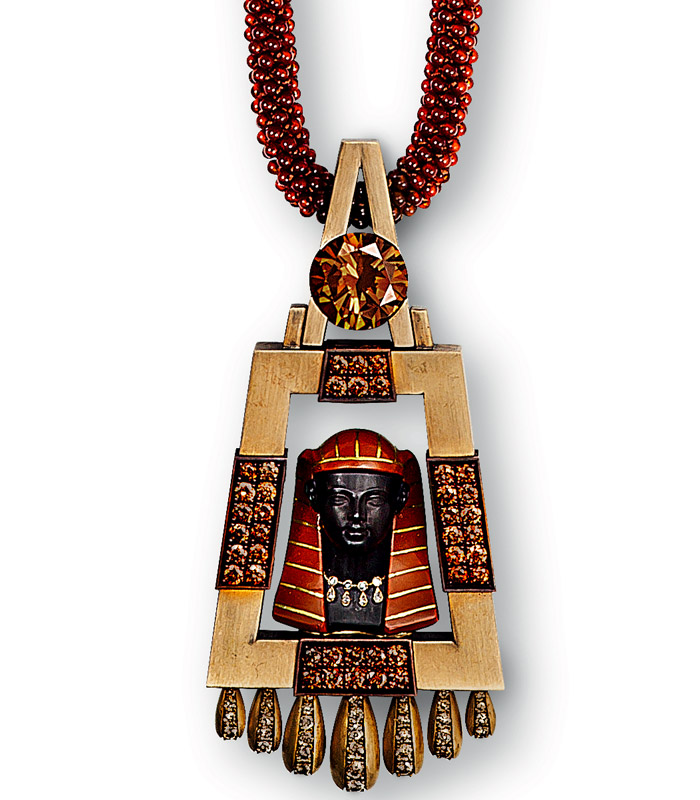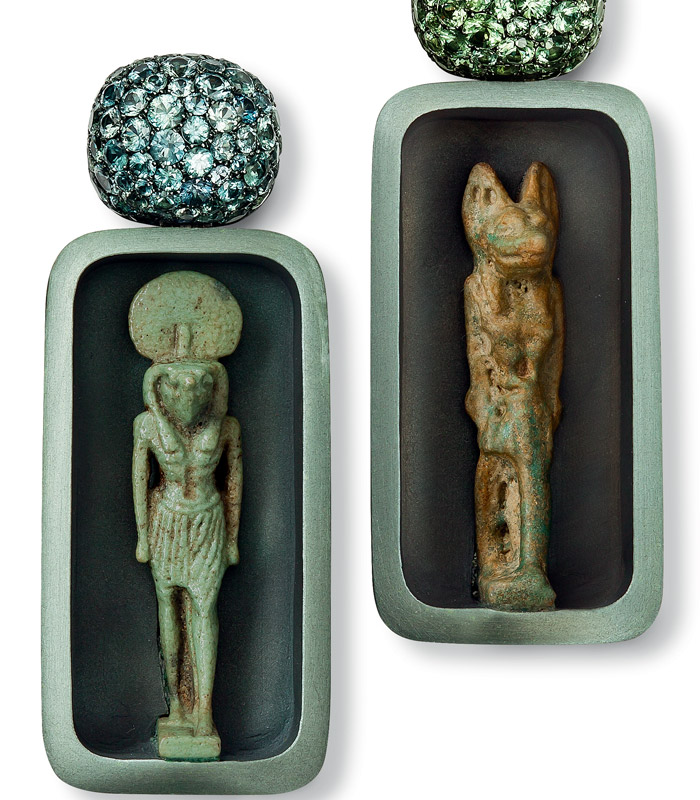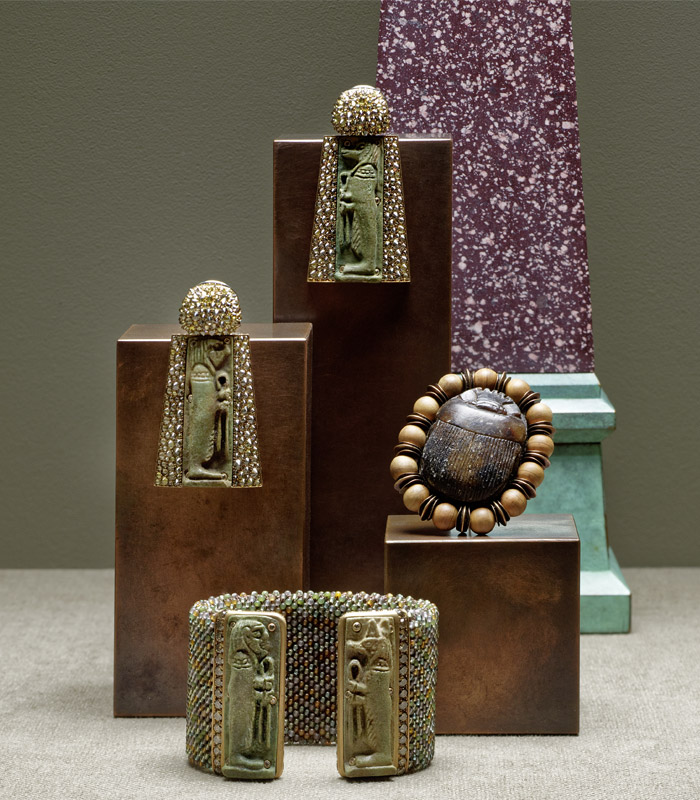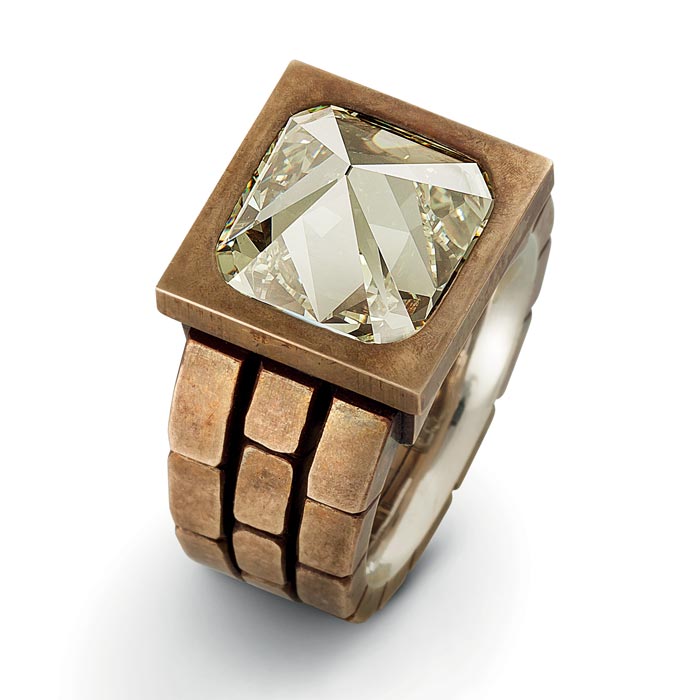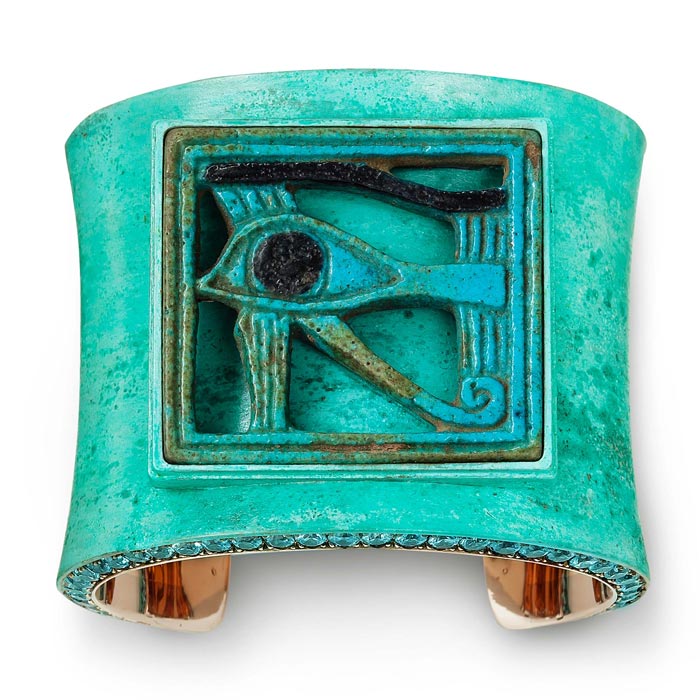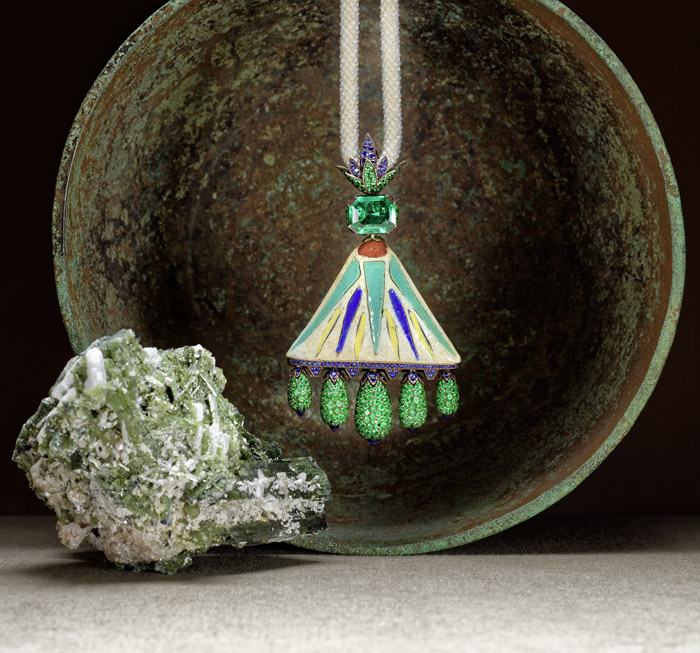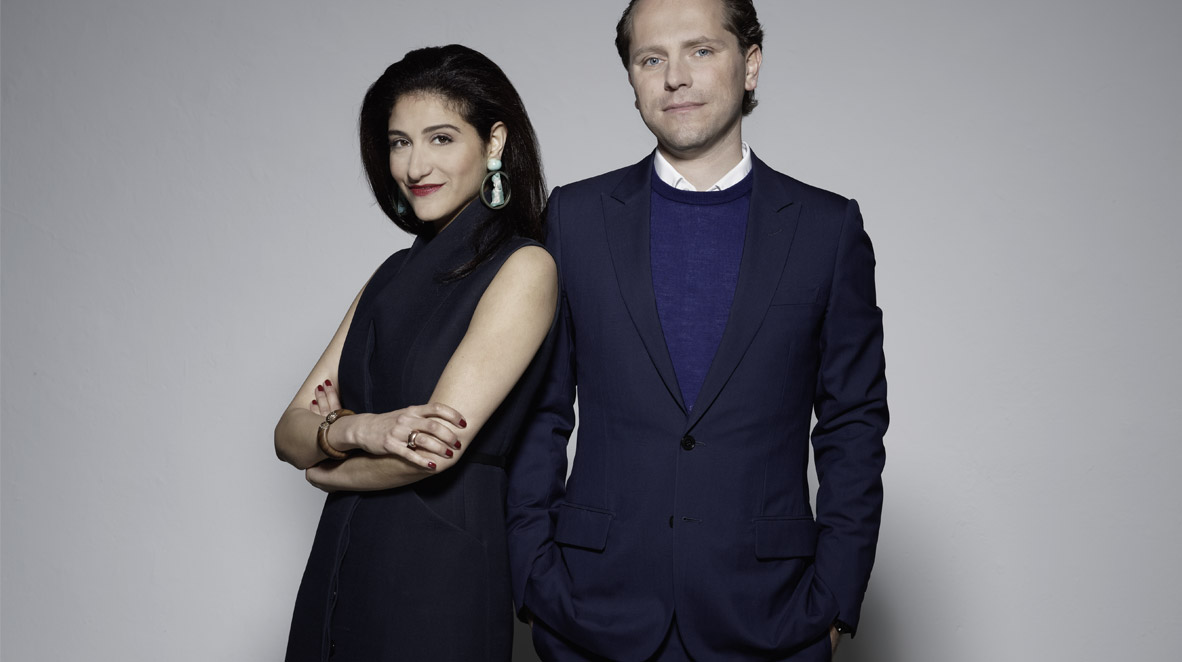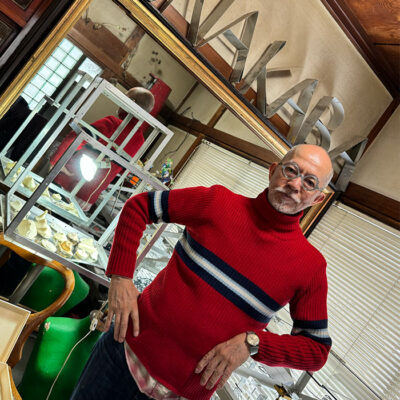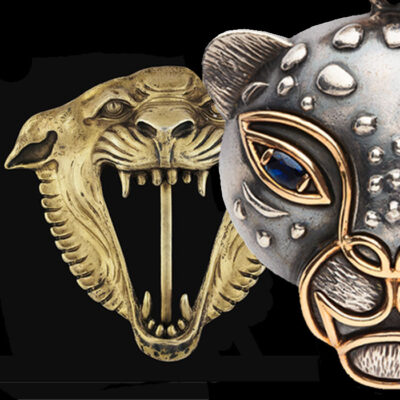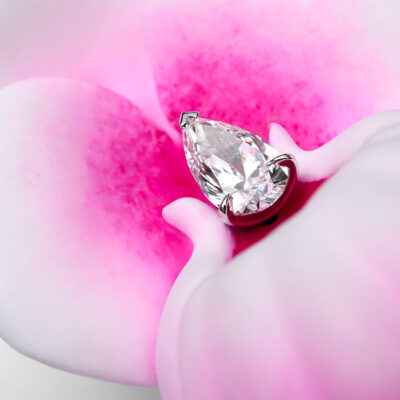Style
27 March 2019
Share
Hemmerle, the Egyptian collection
“Revived Treasures”, the collection inspired by ancient Egypt, is typical of the style of Hemmerle, a German jeweler based in Munich.
Hemmerle, an independent family brand, has opted for a hyper-elitist strategy. It produces about 200 pieces of jewelry per year, exclusively in its Munich workshop. And in what is an extremely rare occurrence in fine jewelry: each unique piece of jewelry is made from start to finish by one of its eighteen craftsmen. It is then sold in the Maximilianstrasse shop in Munich or at selected art fairs such as TEFAF or PAD – and nowhere else. Another characteristic of the brand: it does not do special orders. Such ultimate luxury is reserved for collector customers who could afford according my sources at least 15-20,000 euros. But mum’s the word: the brand never reveals its figures.
A tribute to Ancient Egypt
This collection was created to celebrate the 125th anniversary of the company. It pays tribute to the origins of Christian Hemmerle’s wife Yasmin, who runs the company with his parents, Stefan and Sylveli. The idea came about while visiting her family in Cairo. Elements reminiscent of ancient Egypt have been picked up from all over the world. A 19th century pharaoh’s head is placed on a bronze and aluminum pendant. Real amulets, such as the pair of “Horus, Isis, Nephthys”, are mounted on earrings. A faience eye adorns a large bronze bracelet. The cut of the inverted diamond on a ring evokes a pyramid.
An atypical vocabulary
In this collection, we find an example of the remarkable work of this company, which uses very little yellow gold (only for the backs of certain jewels), the material par excellence of jewelry. It prefers more atypical materials: wood, copper, pebbles, Mikado spikes, blackened silver or aluminum that’s anodized, i.e. covered with a colored film. CAD plays no role here – everything is calculated and fashioned by the craftsman. Some of the highly sophisticated techniques are based on engineering and mathematics. Others have been resurrected, such as these knitted bead cord, a 18th-century Austrian craft technique. This excellence has led to the inclusion of its pieces in museums such as the Victoria & Albert in London or Cooper-Hewitt, in NYC.
Banner image: Yasmin and Christian Hemmerle
Related articles:



